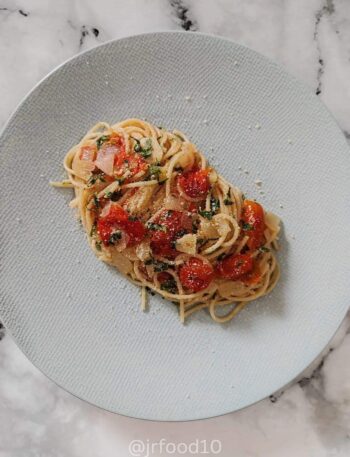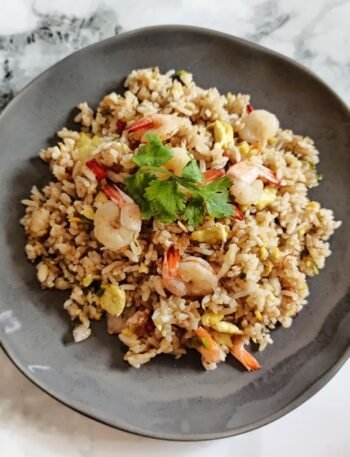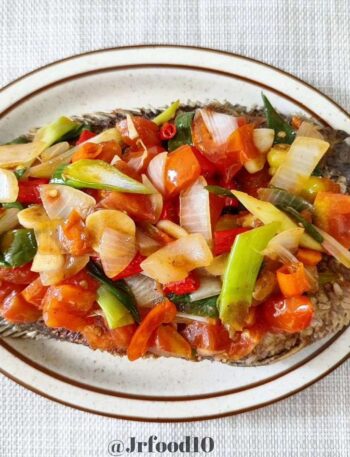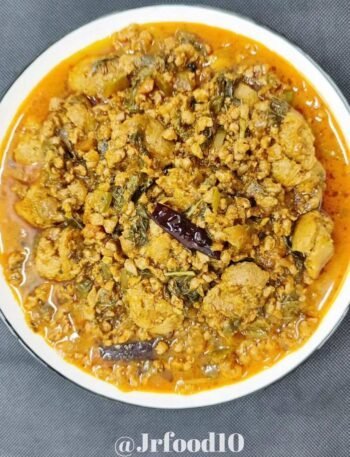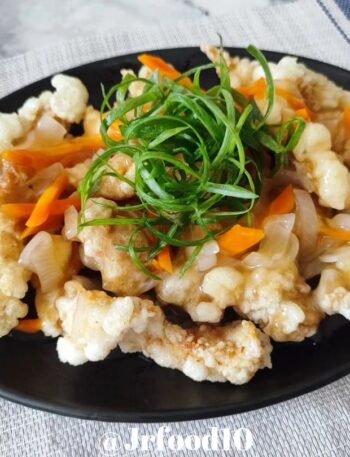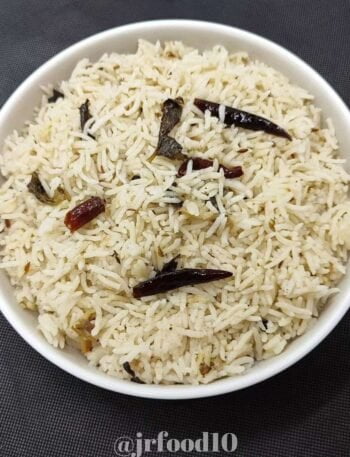Tempe Kacang Hijau ( Mung Bean Tempeh )
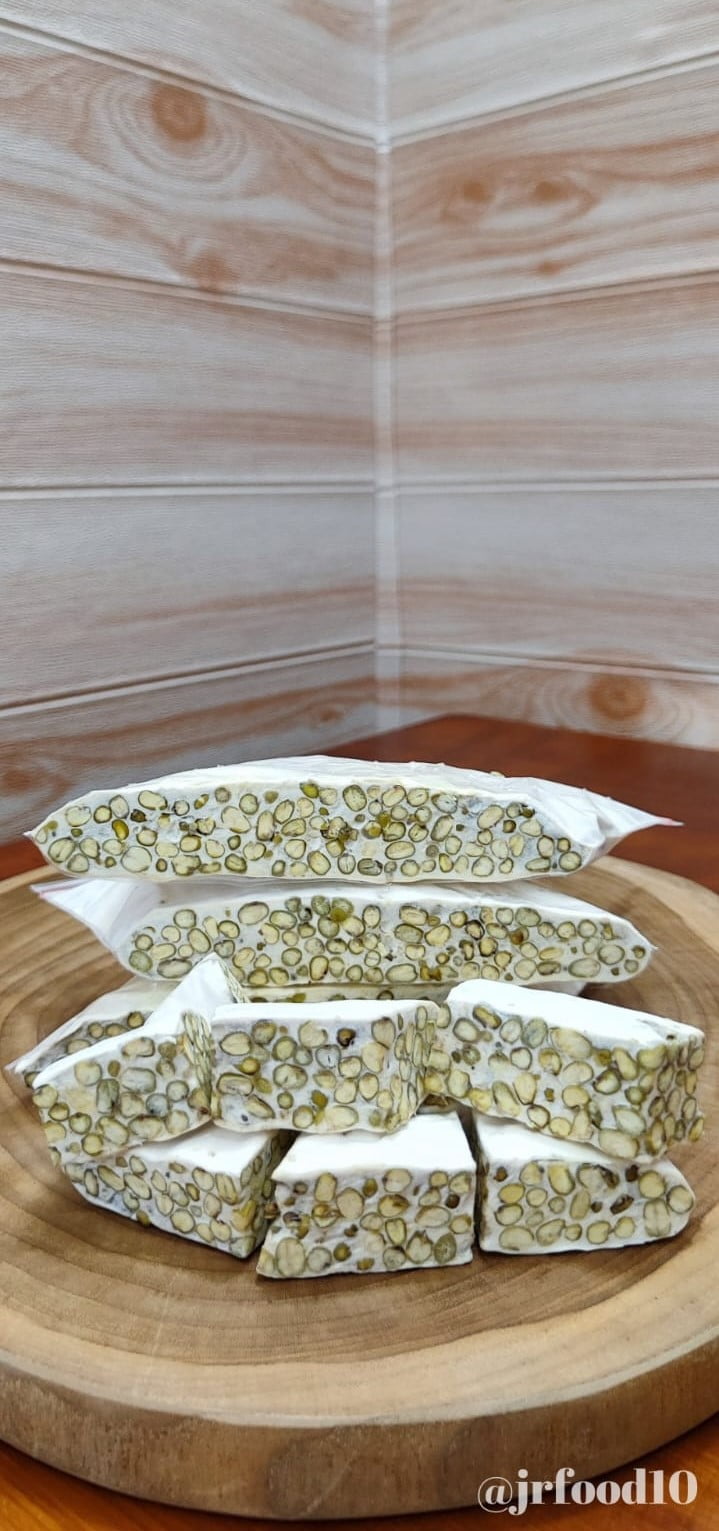 View Gallery
1 photo
View Gallery
1 photo
In the realm of plant-based protein options, tempeh stands out as a versatile and nutritious choice. Originating from Indonesia, where it has been a dietary staple for centuries, tempeh has gained popularity worldwide for its rich flavor and impressive nutritional profile. One variation of this beloved dish is Tempe Kacang Hijau, or Mung Bean Tempeh, which offers a unique twist on the traditional soy-based variety. Today we’ll delve into the delightful world of Tempe Kacang Hijau, exploring its ingredients, preparation, and why it deserves a place on your plate.
Tempe Kacang Hijau offers a delicious and nutritious alternative to traditional tempeh, showcasing the culinary versatility of mung beans and the art of fermentation. By following a few simple steps, you can create your own batch of Tempe Kacang Hijau at home, adding a touch of Indonesian flair to your meals. Whether you’re a seasoned vegan or simply looking to explore new culinary horizons, Tempe Kacang Hijau is sure to delight your taste buds and nourish your body.
Embark on a culinary adventure with recipes handpicked for you.
Tempe Kacang Hijau ( Mung Bean Tempeh )
Tempe Kacang Hijau boasts a nutty, earthy flavor with a hint of sweetness, complemented by a subtle tanginess from the fermentation process, creating a uniquely satisfying culinary experience.

Ingredients
Instructions
Begin by soaking the mung bean overnight. This critical step initiates the fermentation process that transforms simple mung bean into the beloved tempeh.
After soaking, wash the mung bean. Boil for 15 mins.
After boiling, strain the mung bean and spread them evenly on a muslin cloth. Allow them to dry, ensuring that excess moisture is eliminated. This crucial step creates the ideal environment for the tempeh to thrive during fermentation.
Transfer the dried mung bean into a bowl and add 1 gram of tempeh yeast along with 1 tablespoon of rice flour. Stir the mixture well, ensuring that every piece is coated.
Place the tempeh mixture into a plastic zipper bag or use banana leaves if available. Don't fill it to the brim; leave some space for proper air circulation during fermentation.
Using a toothpick, make small holes in all parts of the tempeh mixture. These holes are essential for allowing air circulation, a key factor in the fermentation process. Proper ventilation ensures that the tempeh develops its characteristic texture and flavor.
Let your tempeh rest at room temperature for 2 days. During this period, the magic happens as the tempeh transforms into a savory delight. Keep an eye on the progress, and you'll soon notice the white mycelium covering the mung bean – a sign that your tempeh is ready to move to the next stage.
Once the fermentation process is complete, transfer your tempeh to the refrigerator. This not only halts the fermentation but also enhances the flavor and texture of the tempeh.
Servings 2
- Amount Per Serving
- Calories 375kcal
- % Daily Value *
- Total Fat 1.3g2%
- Saturated Fat 0.4g2%
- Sodium 15mg1%
- Potassium 1252mg36%
- Total Carbohydrate 68.9g23%
- Dietary Fiber 16.6g67%
- Sugars 6.6g
- Protein 24.29g49%
- Calcium 133 mg
- Iron 7.01 mg
* The % Daily Value (DV) tells you how much a nutrient in a food serving contributes to a daily diet. 2,000 calorie a day is used for general nutrition advice.
Note
- Maintain a consistent room temperature during the fermentation process. Fluctuations in temperature can affect the fermentation rate and the final flavor and texture of the tempeh.
- Ensure proper ventilation by making small holes in the tempeh mixture. Adequate airflow is crucial for the growth of beneficial mold and the elimination of unwanted bacteria.
- Practice good hygiene throughout the preparation process. Clean utensils, containers, and hands thoroughly to prevent contamination and ensure the success of fermentation.
Frequently Asked Questions
Tempe Kacang Hijau, also known as Mung Bean Tempeh, is a traditional Indonesian dish made from fermented mung beans. It's a nutritious and protein-rich alternative to traditional soy-based tempeh.
Tempe Kacang Hijau is a good source of protein, fiber, vitamins, and minerals. It provides essential nutrients while being low in fat and cholesterol.
Store Tempe Kacang Hijau in the refrigerator in an airtight container to prevent it from drying out. It can last for several days when properly stored.
Tempe Kacang Hijau can be used in various recipes, including stir-fries, salads, sandwiches, and soups. It adds texture and flavor to dishes while providing a protein boost.


